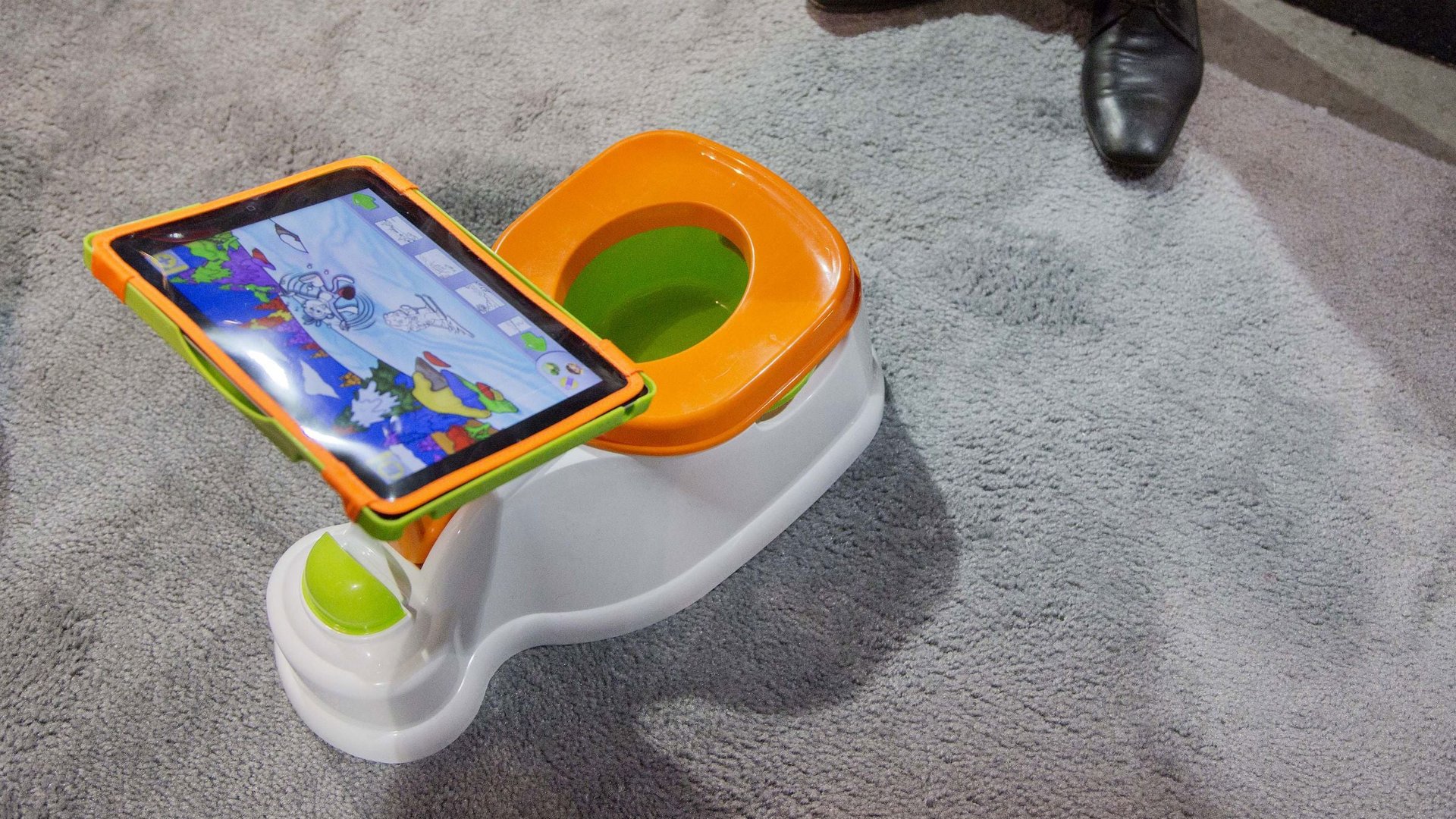Things get weird when objects get hooked up to the internet
With the flood of new connected services and devices on the market, knowing how future users might hook them together or find unexpected new uses is a challenge, no matter what Silicon Valley’s confident young bucks may tell us. A service called IFTTT is giving us an interesting peek into the practical, clever and slightly weird ways people want to use the Internet of Things (IoT).


With the flood of new connected services and devices on the market, knowing how future users might hook them together or find unexpected new uses is a challenge, no matter what Silicon Valley’s confident young bucks may tell us. A service called IFTTT is giving us an interesting peek into the practical, clever and slightly weird ways people want to use the Internet of Things (IoT).
As a user-friendly dashboard that allows non-experts to fit feeds from favorite media, utilities (like cloud storage, social networks, home devices) and wearables in new combinations, or “recipes,” IFTTT is putting a broad array of tech in people’s hands for experimentation. Think of it as a friendly front end to the myriad of data connections and mashup of programming it would normally require to get our favorite apps and devices to talk together. Users can do things are practical, like backup certain tagged photos to the cloud, find out when an apartment is available or highly personal, such as satisfying secret Kardashian fetishes.
Cool the living room, Hal
Last week, IFTTT, the dashboard for digital and physical connected services added Internet-of-Things (IoT) darling Nest, maker of connected home monitors, to the menagerie of “channels,” or services, that can be matched up to perform user-designed tasks.
Just as with dozens of other services attached to IFTTT, with a few minutes and a smartphone or Web connection, if you own a Nest device you can get your favorite apps and gadgets talking to each other to turn on the air conditioning at home once a you leave the office, or send an SMS alert when smoke is detected while you’re away.
That may sound a bit nerdy, but as Anthony Townsend, author of Smart Cities, a recent book on connected urban environments, tweeted this week, adding a new technology like Nest to a platform like IFTTT gives us a fascinating look at just how people want to or could use the Internet of Things, and not just how creators designed them, like a focus group of public engineers and programmers.
As Townsend pointed out, only a week after being added, there were already over 400 “recipes,” or custom combinations services connecting other services to Nest’s flagship climate control unit or the company’s connected smoke alarm, Protect. These range from sending an alert to Glass when the temperature at home goes chilly (maybe Glass owners need that extra nudge) to logging a low battery warning on Google calendar to turning on a connected power outlet when the temperature drops, perhaps to warm the fish tank or get the bed toasty. The motion detector that is central to the intelligence of Nest’s Thermostat product function—used to sense when people are home—is also being harnessed by IFTTT users to trigger other services, like turning off lights or letting parents know one is out.
While some of these uses could be predicted at the design stage without knowing what other devices and services Nest buyers have, more exotic use cases are down to the imagination. But an engineer, designer, strategist or product manager can watch a service like IFTTT and see a diverse range of hacks taking shape than they might do through more traditional user research. Who, for example, would have imagined turning on the AC with a “Yo”?
Yo, Doctor
Take, for example, the health and other wearable channels being plugged into IFTTT at the moment. From hardware like connected scales, baby monitors and blood pressure cuffs to simpler wearables that measure your movement and sleep like Fitbit or Jawbone, a plethora of personal sensors and health monitors are finding connection to unexpected places, like spreadsheets, data aggregators, SMS, GPS, and even lightbulbs and power strips. As health data increasingly moves out of the hospital or doctor’s office toward personal collection and management, early adopters who frequent IFTTT give an insight into how we want to use that data as individuals.
The combinations may not be obvious: your doctor might get a “Yo” when your blood pressure spikes, or your weight might be logged to GitHub. Throw in social media like Instagram and Twitter, and all manner of interesting—or unsettling—combinations of data collection and management can happen.
More interesting services and feeds are being added that have the potential for odd and slightly humorous applications. Take the feed from the Sunlight Foundation, dedicated to political transparency, one of IFTTT’s newer content feed. One wag has created a recipe that turns his connected lights pink when the President signs a bill in the Rose Garden. Another triggers a personal robocall when a bill come up for a vote. And, probably, soon enough someone will create an actual chilling effect via Nest when the party you oppose pushes a law through.